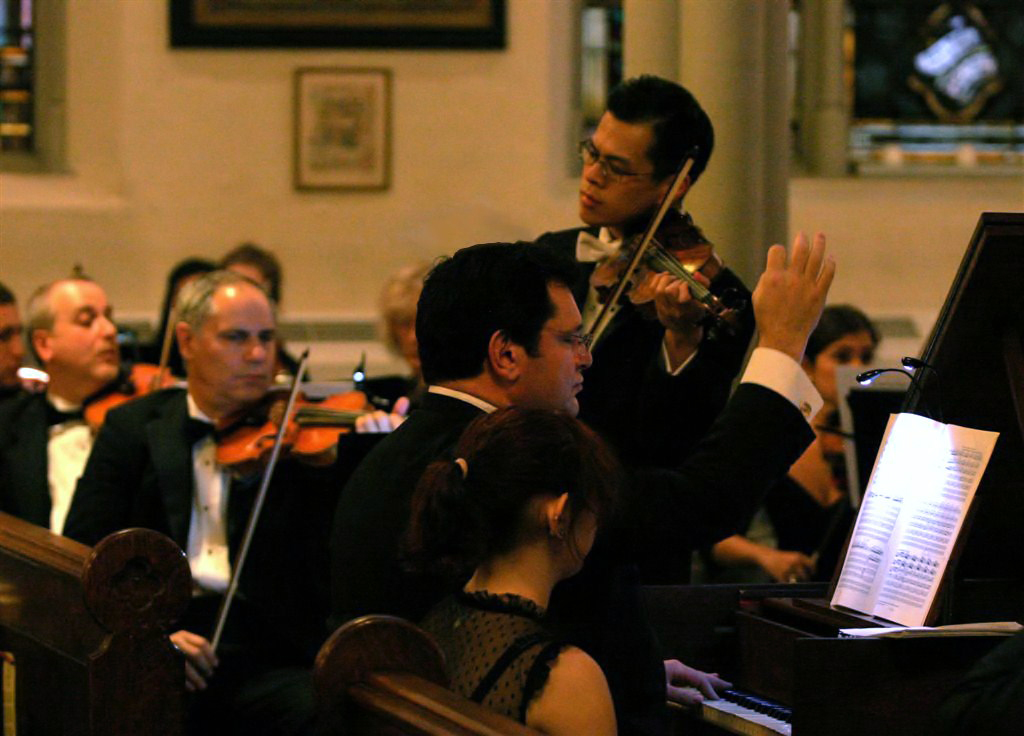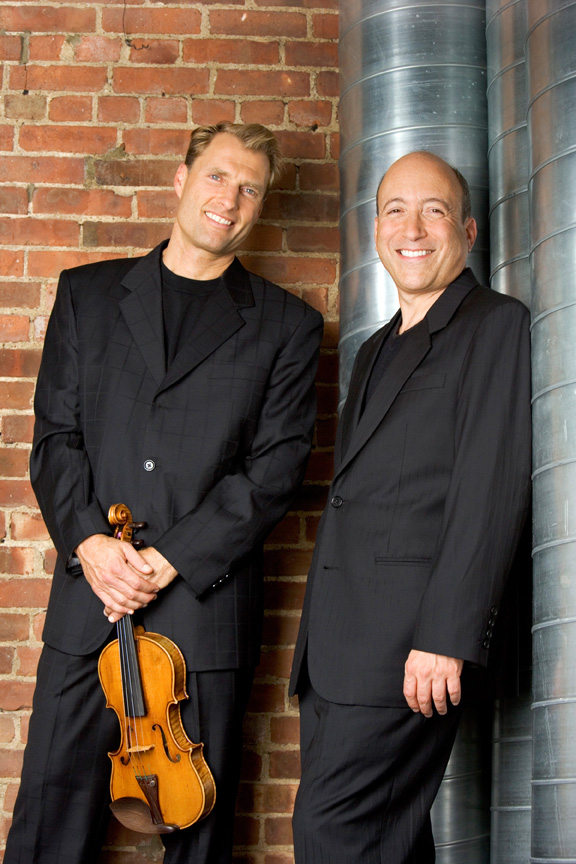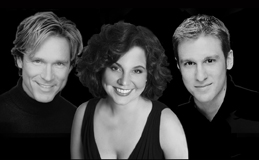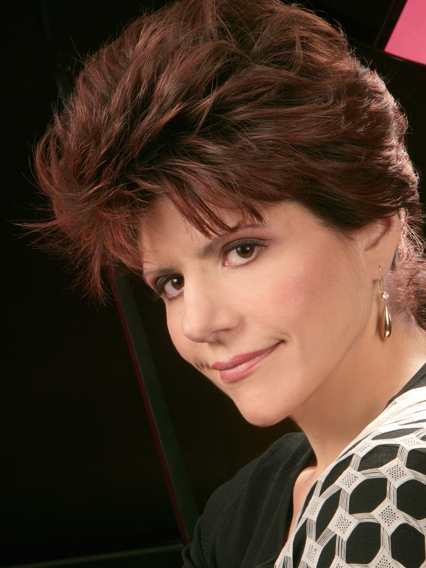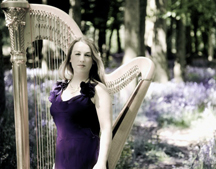In an evening filled with anecdotes and a variety of styles, Paul Kirby’s works often inspired and entertained. And he played well at the piano too. In “Remembrance,” from Songs without Words, Kirby’s delicate strands were reminiscent of the tender song “Time to Remember” from “The Fantasticks.” His next work could not have been more different. “Theme and Variations for Violin and Piano”, which began in 1967 during student days, is a meticulous 12-tone composition for violin and piano. It also has its own bluesy, lyrical appeal–some of that music written much later–as late as 2008. The contrast in styles, which reflects the ever-changing direction of music in the last forty years, was interesting indeed. The violinist was Elliot Rosoff, and Kirby continued at the piano. They blended extraordinarily well–even in tricky spots. Although the venerable Rosoff had some bow control issues, he sustained the audience’s attention with his stage presence and devotion to the music.
In a return to more theatrical music, Kirby’s “Would She Remember,” from Musical Theatre Songs, was charming and eloquent. Philip Anderson sang his lovely tenor with deep involvement and charisma.
Jon Liechty’s Trio for flute, violin and piano had lovely moments, although the last movement entitled “ A Last Goodbye” droned on a little too long. The music was also a bit too simplistic with its arpeggiated writing in the movement “Solemn Reply”. Liechty played well at the piano and was joined by flutist Enrico Sartori and violinist Mario Gotoh, who lent fine support. Liechty’s playing was more mechanical in his work “Crash Test”, but then it had to be. The work, which is hard-edged and robotic/computer-like, has a very repetitious nature. But as evocative as the piece is, it does grow rather tedious.
Kirby’s “Markings” from 1992 varies stylistically based on the text. The work is lovable, although it has moments that lack originality. In “Tired and Lonely,” for example, you feel the presence of Gershwin’s “Porgy and Bess” for too long a period. But in other sections, Kirby was quite innovative, such as when he used a wind machine while sitting at the piano. Other places hinted at Berg, Prokofiev and Kurt Weill–but only hinted, which is good, for you can see Kirby does have his own voice. Philip Anderson certainly has his own voice too, as his high tenor is sweetly distinct, and here–even though he was sometimes covered by the piano set at full stick–he again brought out all the mood changes with conviction.

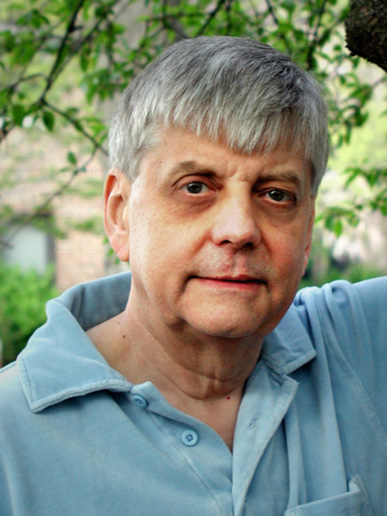
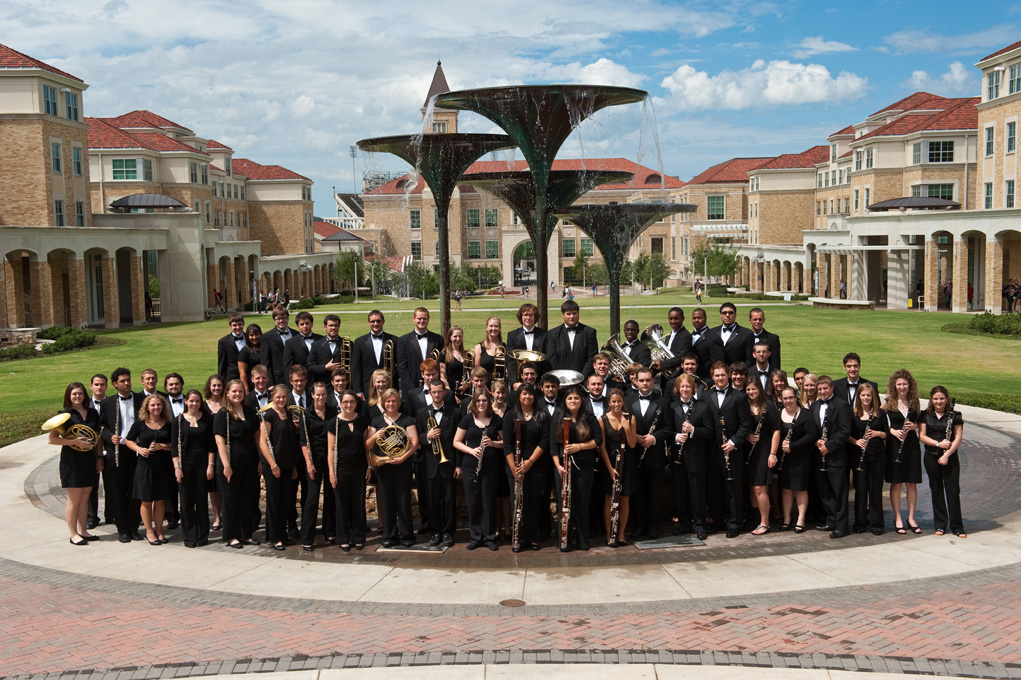
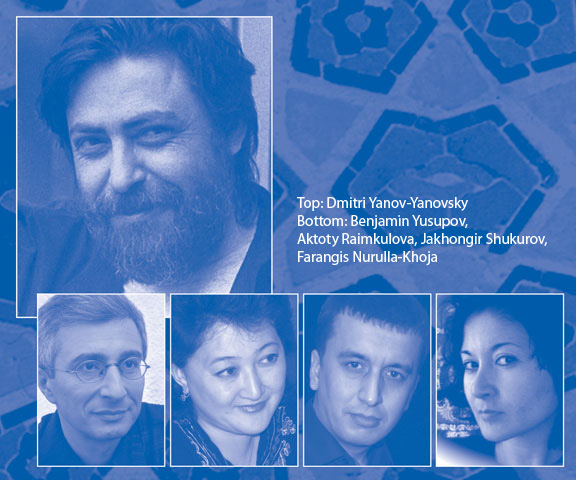

![Colin in Amahl 1[1]](https://nyconcertreview.com/blog/wp-content/uploads/2011/01/Colin-in-Amahl-111.jpg)
